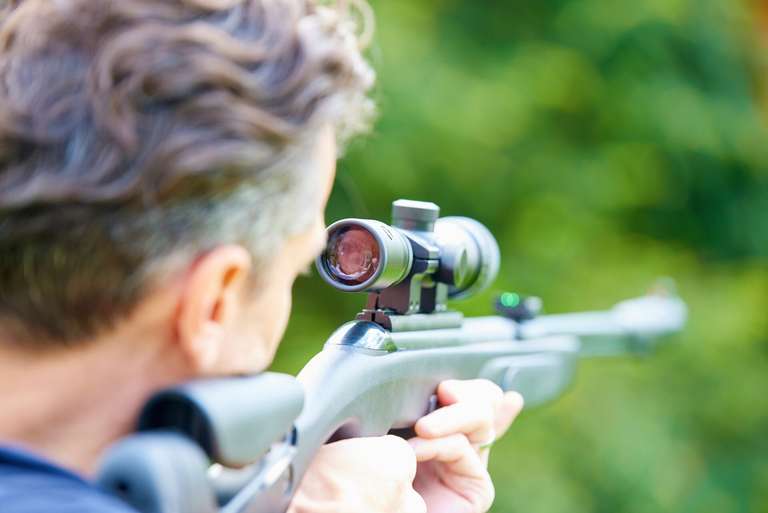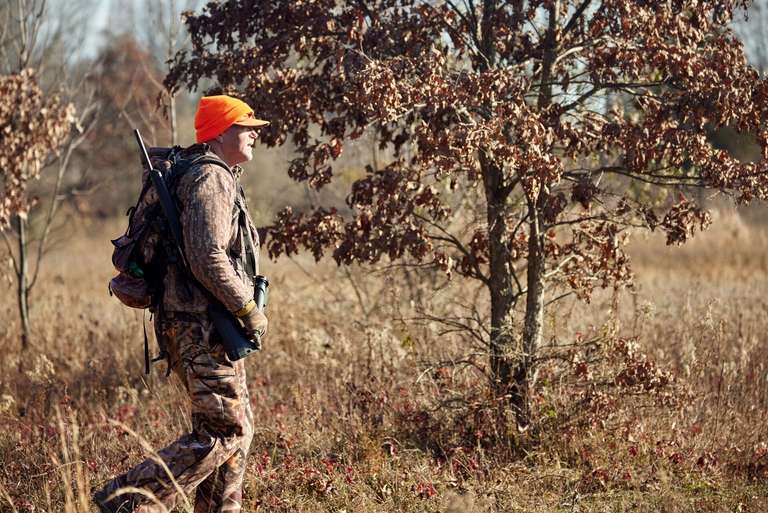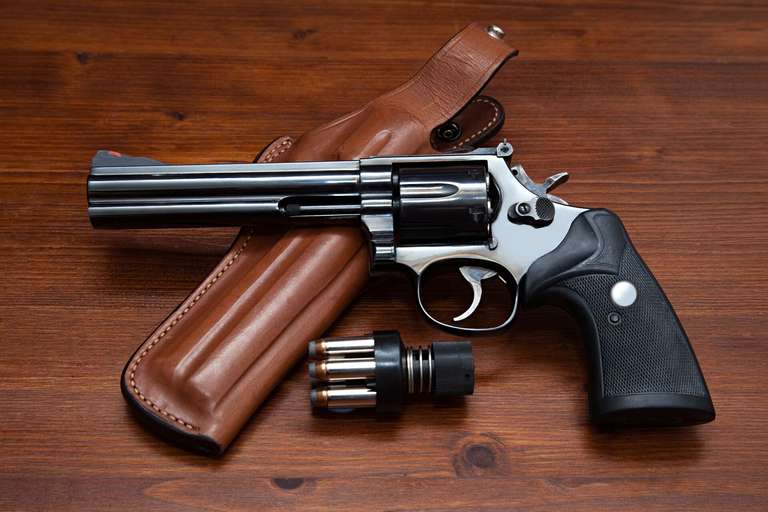Hunting Deer With a Handgun: Should You?
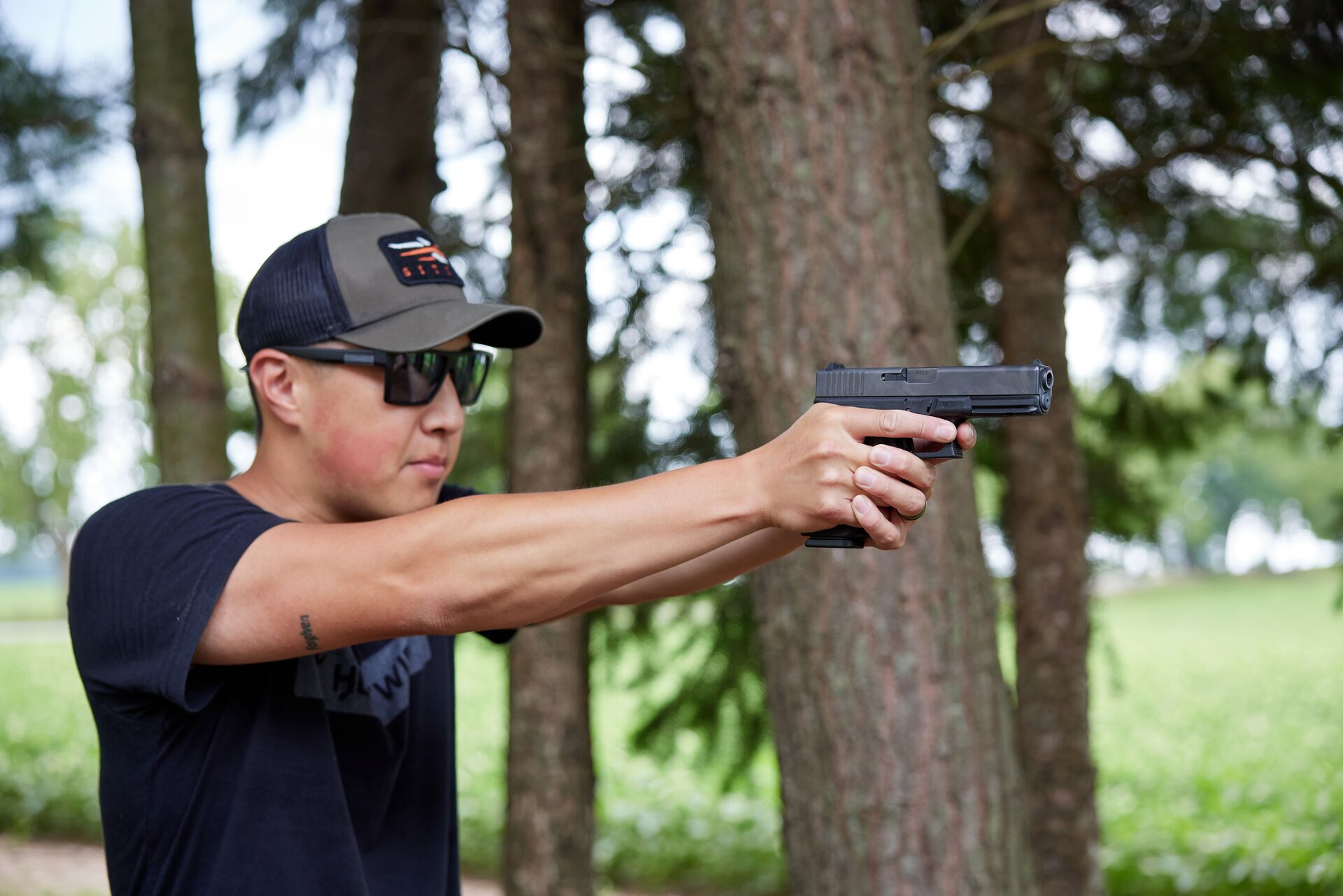
If you're looking for a new challenge, hunting deer with a handgun will test your skill, patience, and discipline. Whether you choose a revolver or semi-automatic, hunting with a pistol provides a unique approach to hunting that combines solid marksmanship fundamentals with the thrill of close-quarters hunting.
However, is handgun hunting the right choice for your next deer season? Keep reading to learn more about the advantages and challenges of using a handgun for a deer hunt.
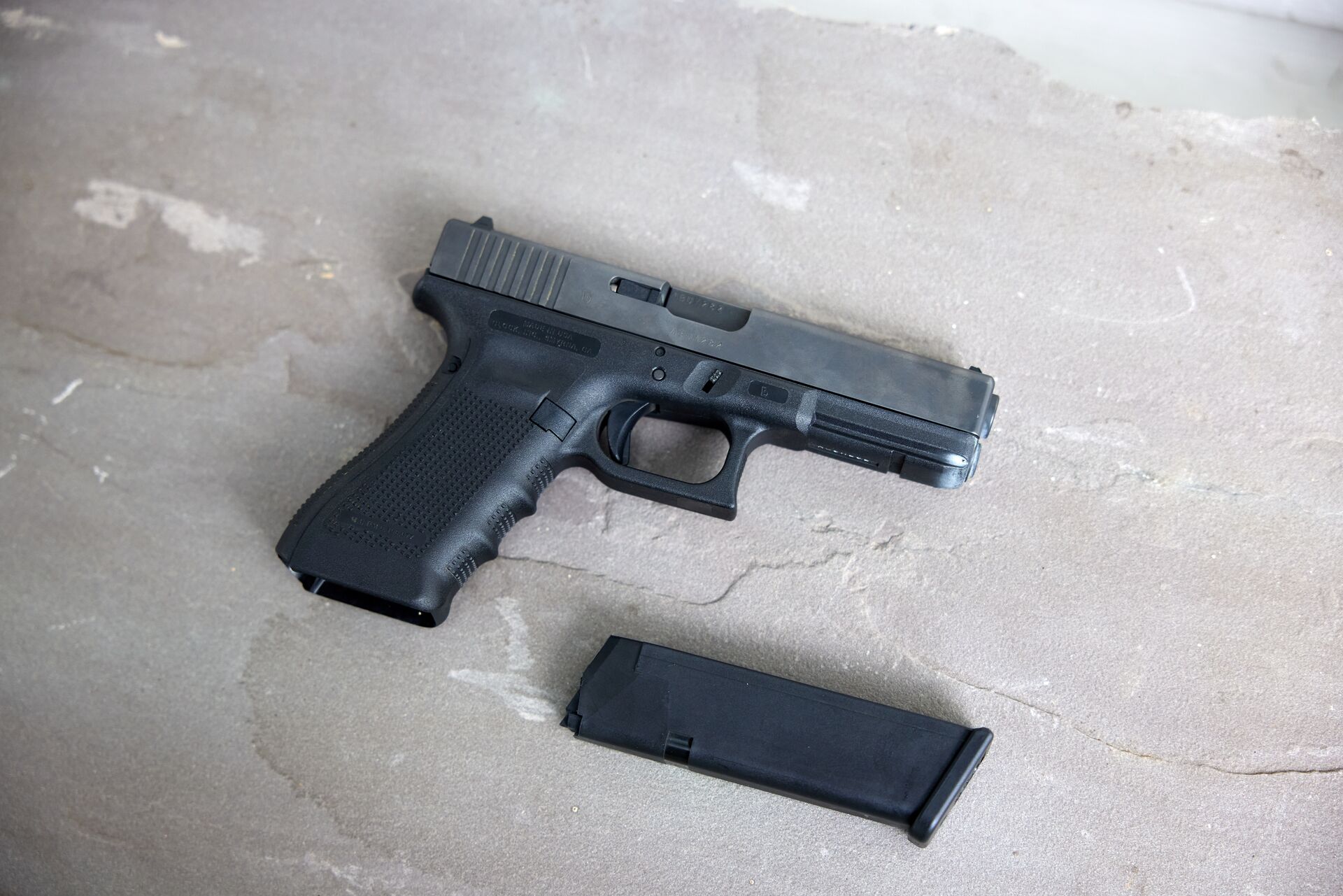
Understanding Handgun Hunting
If you've ever wondered, "Can you hunt with a handgun?" the answer is a resounding yes. However, your success will require careful planning, the right equipment, and an understanding of local hunting laws.
Handguns are somewhere between rifles and archery when it comes to hunting. Pistols offer some of the ballistic advantages and precision of using a rifle, but the handgun's effective range limits you to bowhunting distances.
With most handgun hunters working within ranges of 50-75 yards, you'll need to have outstanding field skills to stalk or still-hunt a deer that is hypertuned to its environment. Once the animal is in range, your ability to accurately place one or more rounds on target requires excellent marksmanship to make a lethal and ethical kill.
The handgun's limitations are why its use as a hunting weapon varies by state. States that allow handgun hunting have specific requirements on caliber, barrel length, carrying capacity, and sighting systems. States also have restrictions on seasons and which game animals can be harvested, so make sure you understand what is legal for your area.
What Are the Advantages of Hunting Deer with a Handgun?
A primary advantage of a handgun to the hunter is its portability.
Handguns are smaller and lighter than rifles, which makes them ideal for spot-and-stalk hunting. This advantage also translates to easier maneuvering through dense vegetation, hunting from confined spaces like ground blinds and elevated positions like tree stands.
A pistol's shorter barrel also makes precision shooting more difficult than a rifle. This is why experienced hunters turn to handgun hunting. The sense of accomplishment that comes from hunting at closer ranges and making difficult shots creates a deeply rewarding experience when everything comes together to harvest a deer ethically.
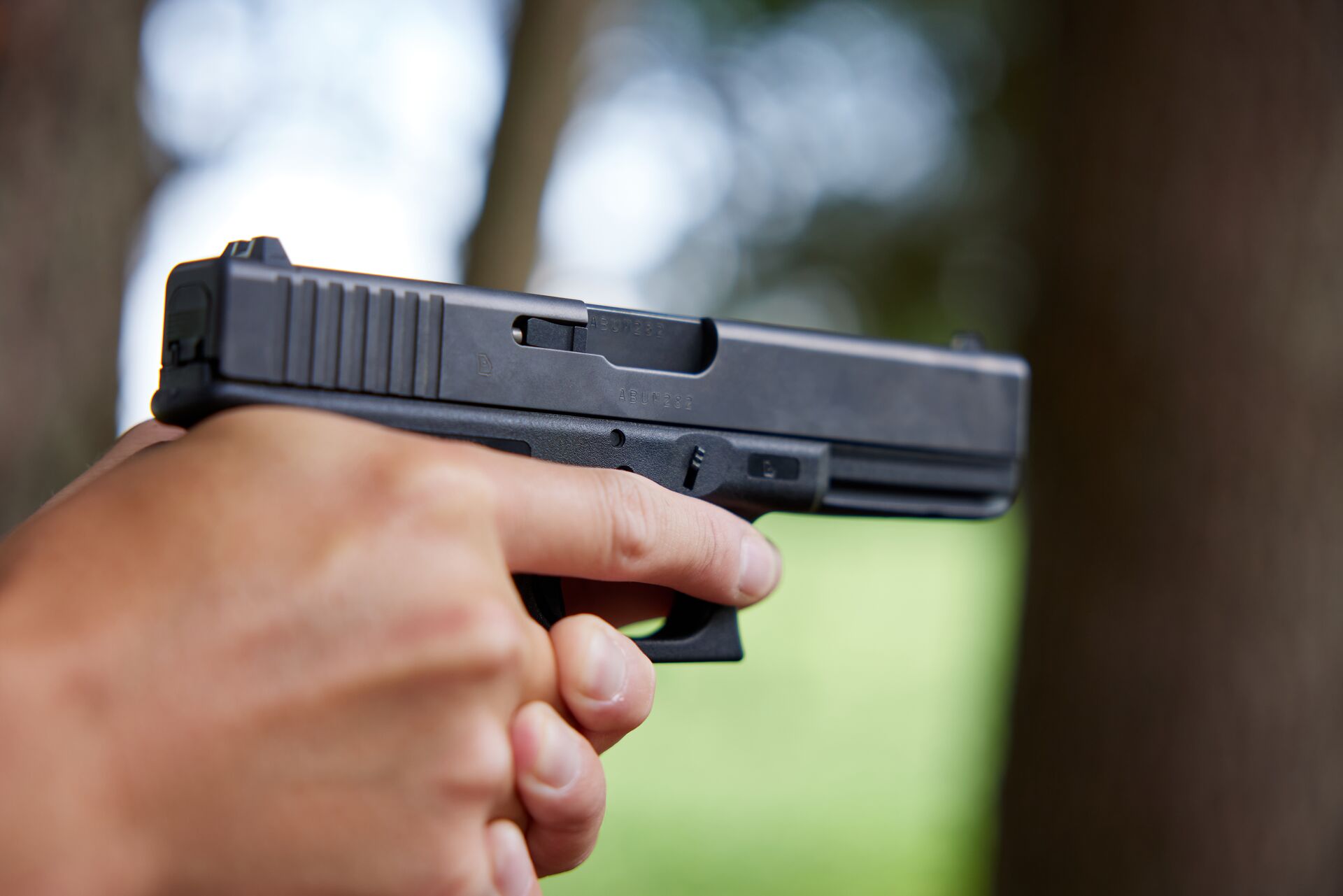
What Are the Challenges of Handgun Hunting?
The aspects that make handgun hunting attractive can also be serious deterrents. The handgun's shorter barrel reduces accuracy compared to a rifle, and the smaller and less powerful cartridges affect terminal velocity.
These two limitations translate to a higher probability of less-than-lethal shots, so shot placement becomes even more critical with handguns.
To overcome these challenges, hunters must use more powerful cartridges that generate substantial recoil. That felt recoil will dramatically affect accuracy, leading to misses or wounding a deer.
Handgun hunters also have to get within 75 yards of the deer. This requires superior stalking skills, understanding the animal's behavior, and constant awareness of the wind, your scent, and the surrounding terrain.
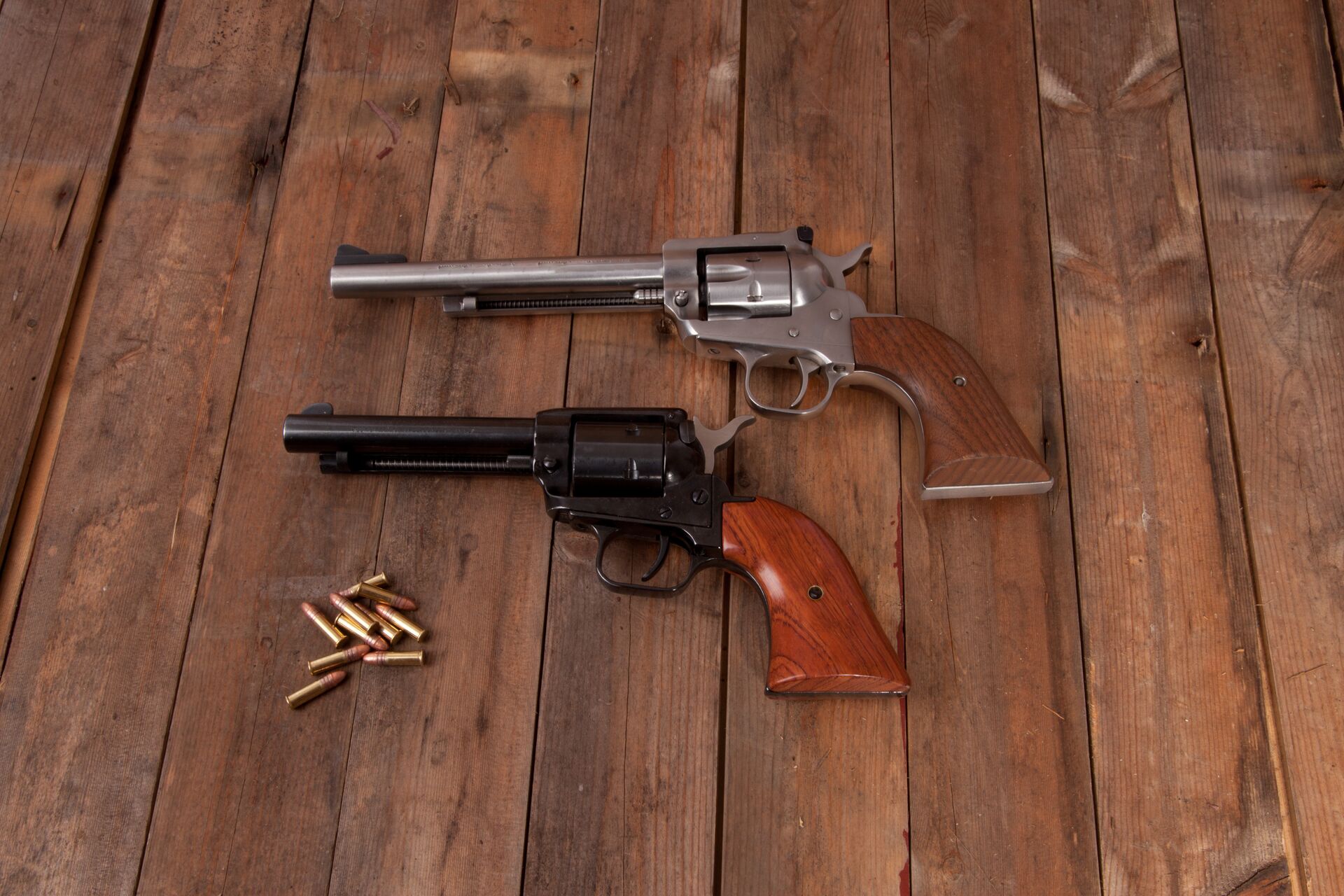
How to Select the Right Handgun for Deer Hunting
Choosing the right handgun for deer hunting is key to success.
Your top considerations should include:
- Large-Bore Calibers: Common calibers that provide sufficient terminal velocity and lethal wound channels include the .44 Magnum, .357 Magnum, 10mm, and .454 Casull.
- Bullet Design: Using the correct bullet design, like a copper jacketed hollow point, ensures adequate penetration through skin and bone before expanding into soft tissues to increase lethality for a humane kill.
- Barrel Length: Longer barrels of six inches or more can significantly improve accuracy and increase the bullet's muzzle velocity.
Remember: state hunting regulations often mandate a minimum barrel length of at least six inches.
Gear and Accessories for Handgun Hunting
Aside from the pistol itself, some upgrades and accessories can improve your chances of success when hunting with a gun.
These accessories can include:
- Sighting Systems: Since shot placement is crucial with handguns, hunters often opt for pistol scopes or red dot sights for enhanced accuracy.
- Shooting Aids: A pair of shooting sticks or portable rests will stabilize the handgun and allow you to take more precise shots.
- Carry Options: Since you won't always be able to hold your handgun, a hip-mounted belt or chest holster provides a convenient, secure, and safe way to carry your pistol in the field.
Always test your gear and accessories with your handgun before heading into the field to make sure you're carrying the right stuff for a successful shot.
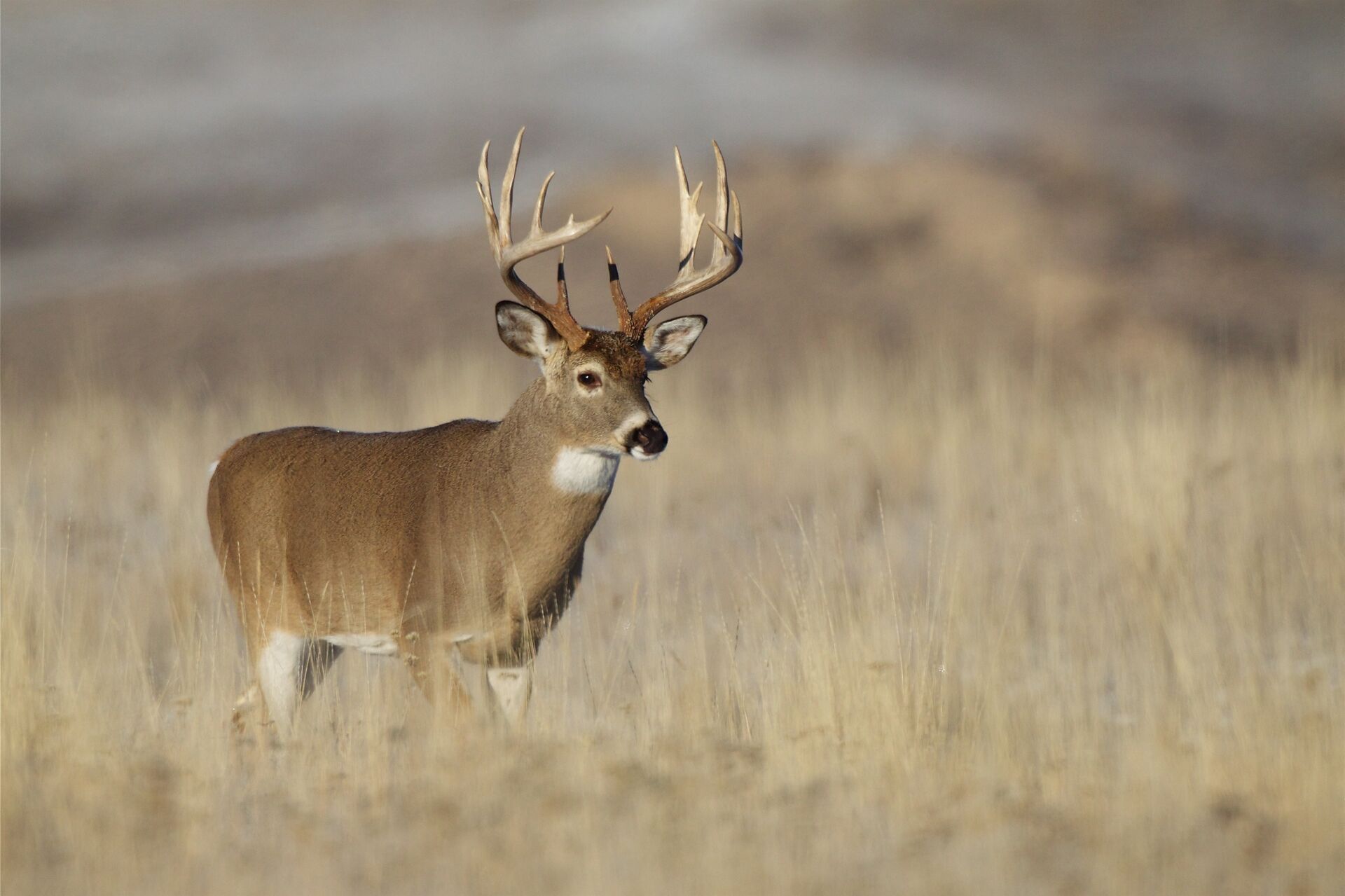
Techniques and Tips for Handgun Hunting
If you're used to hunting with a bow or rifle, you'll need to adjust your hunting tactics to use a handgun for deer hunting successfully.
Due to the pistol's shorter effective range, you must get close to the animal. Start by identifying high-traffic areas where deer feed and bed. Look for transition zones near the edges of heavy cover and open fields that allow you to use natural cover to close the distance.
Knowing the times of day deer move from location to location will also help you find a potential ambush spot within effective handgun range.
Since you can rarely dictate when or where you'll see a deer, practice shooting from different positions and distances.
Get comfortable accurately shooting your pistol from standing, kneeling, sitting, and prone positions. Wear your hunting clothes, pack, and other accessories when practicing these positions to ensure your gear is not an obstacle to taking the shot.
Ethical Considerations
As with every hunting weapon choice, using a handgun mandates an honest self-assessment of your skills and limitations. Regular practice at the range and dry firing at home can help you master the fundamentals of marksmanship and competent and safe firearms handling, especially when drawing and holstering a pistol, which is when most negligent discharges tend to occur.
Also, practice estimating range and taking accurate shots in field-like conditions. Doing so will help you better understand your effective range and resist the temptations of "buck fever" by taking marginal shots.
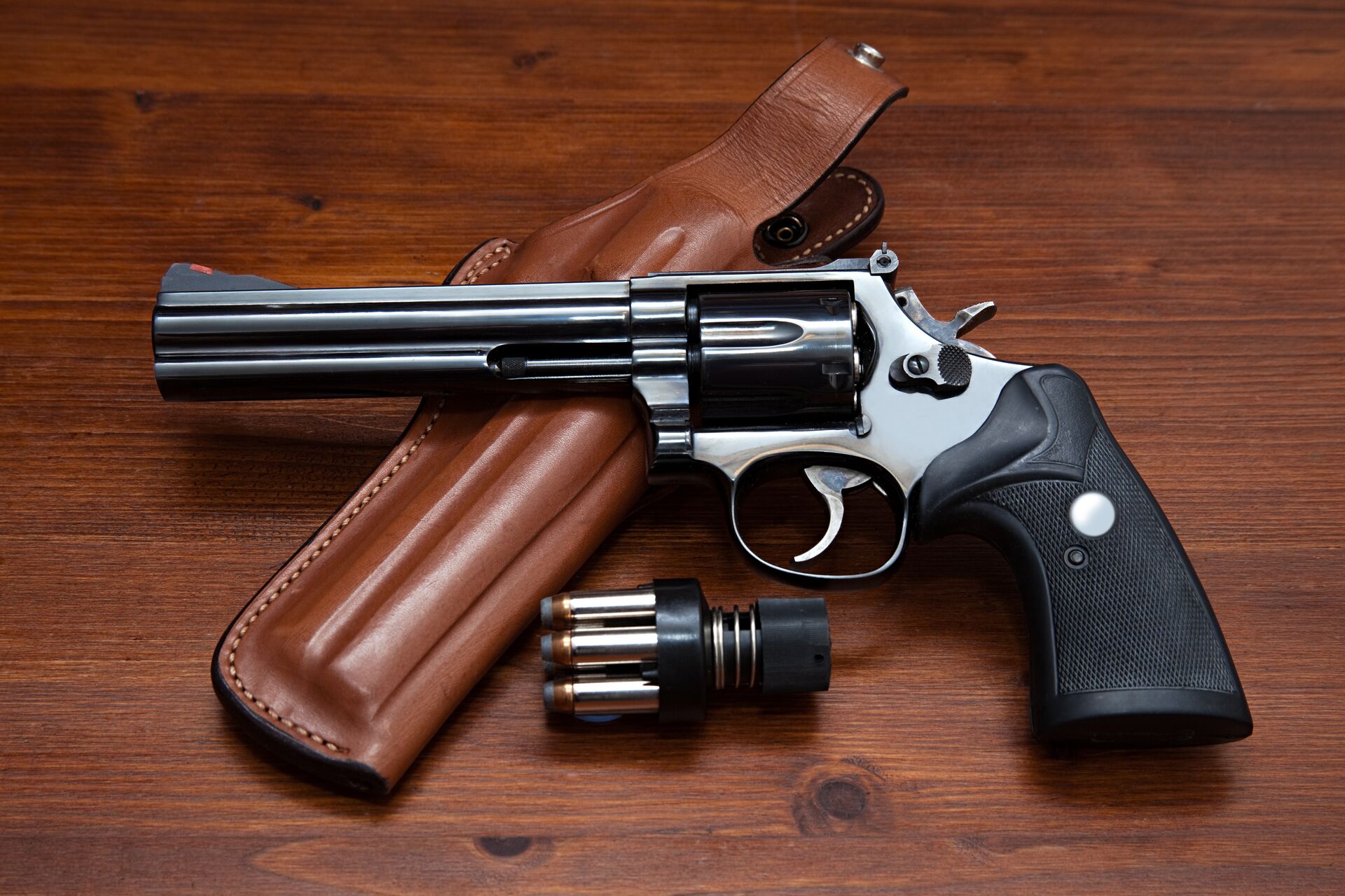
Don't Forget Legal Considerations
Since hunting laws vary by state and even in different units within the state, check your state's regulations before taking a pistol to the field to hunt deer.
Key points to research include:
- Minimum handgun barrel length and caliber for deer hunting
- Any restrictions on ammunition type or bullet construction
- Special seasons or zones designated for handgun hunters
- Additional permits or endorsements aside from a standard hunting license
- Handgun transportation requirements when traveling in a car
If you are traveling to hunt in another state, also be sure to check that state's transportation requirements. Some states require a handgun to be securely stored separately from ammunition and in a location that the driver can not easily access.
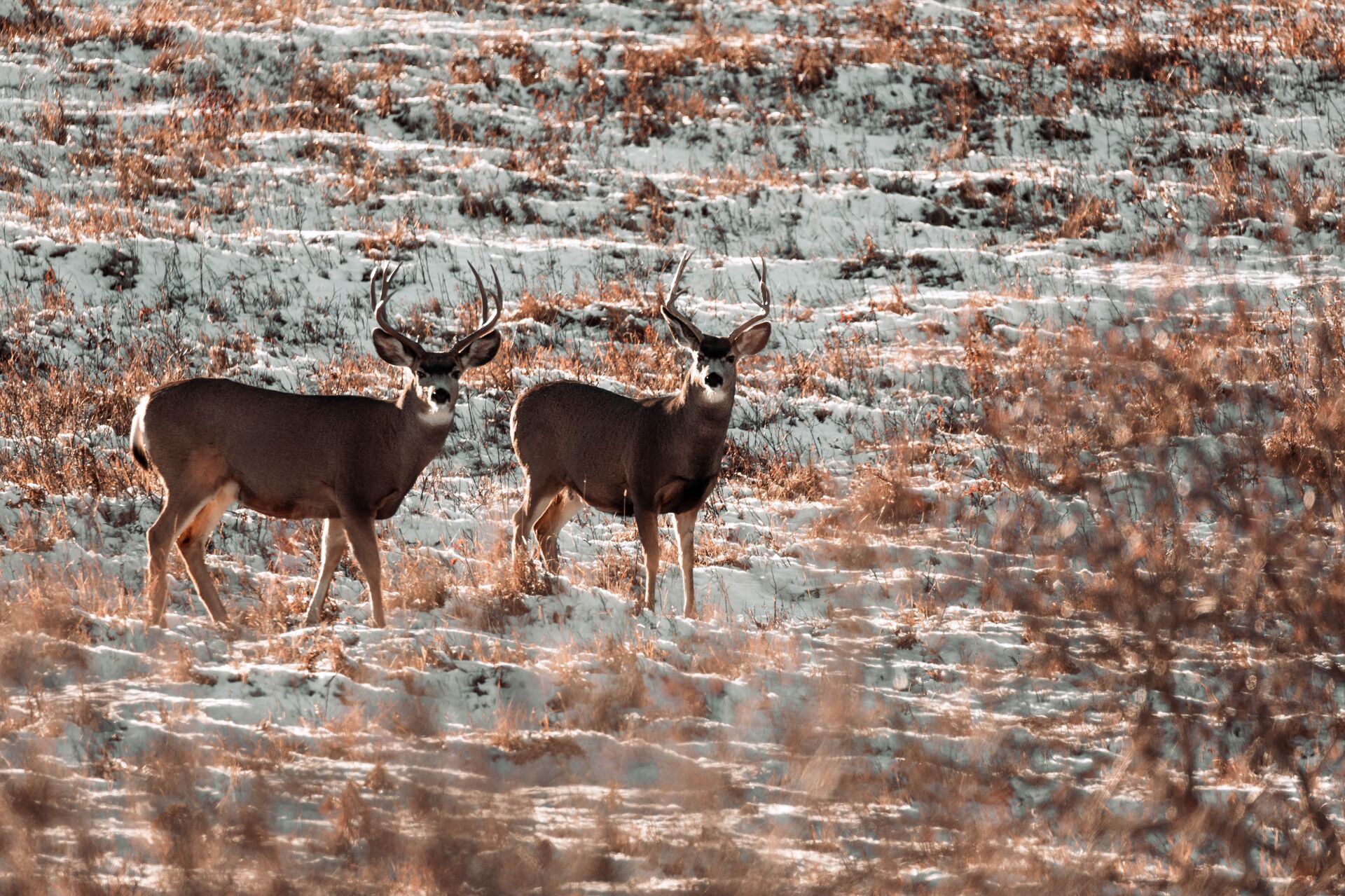
Learn Firearm Safety Essentials with ilearntohunt
If you're willing to invest your time and resources, using a handgun for deer hunting can offer a unique and rewarding challenge. At the end of the day, your patience, practice, and preparedness will be the keys to successfully using a pistol.
Remember: no matter which type of firearm you use for a deer hunt, make sure you know how to handle it safely in the field. Taking an online hunter safety course through ilearntohunt is a fast and fun way to learn firearm safety essentials. Plus, each state-specific course helps you to better understand ethical shot placement, basic field skills, and local regulations.
Regardless of which weapon you choose, being a responsible and educated hunter ensures a sustainable future for wildlife conservation and the sport of hunting for future generations.
Make sure you're ready for hunting season!
Choose the ilearntohunt course for your state, pass the final exam, and get your hunter education card before opening day.

